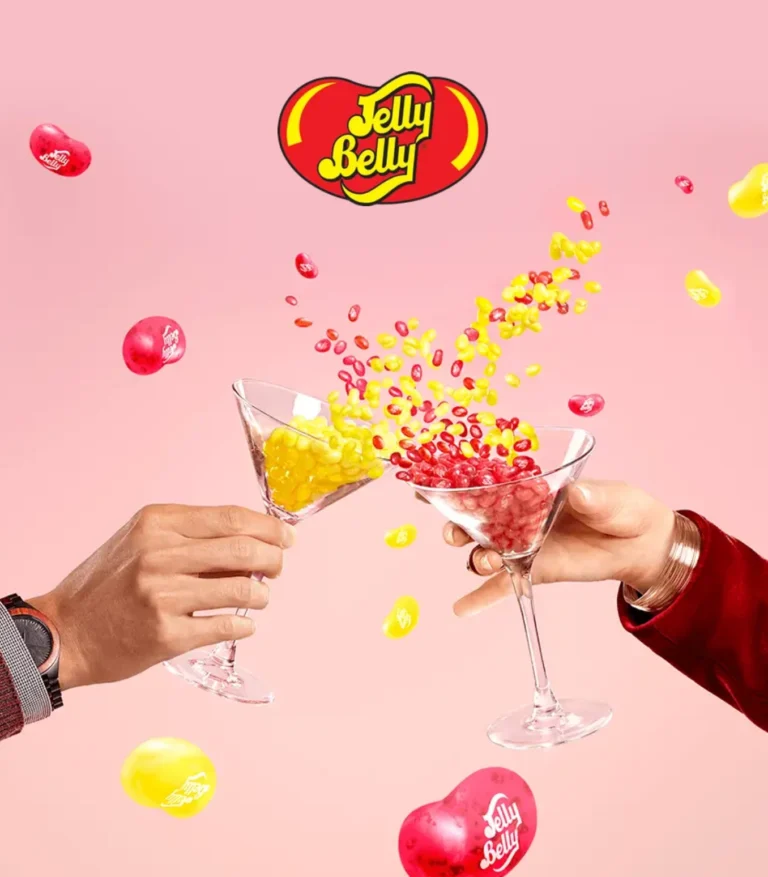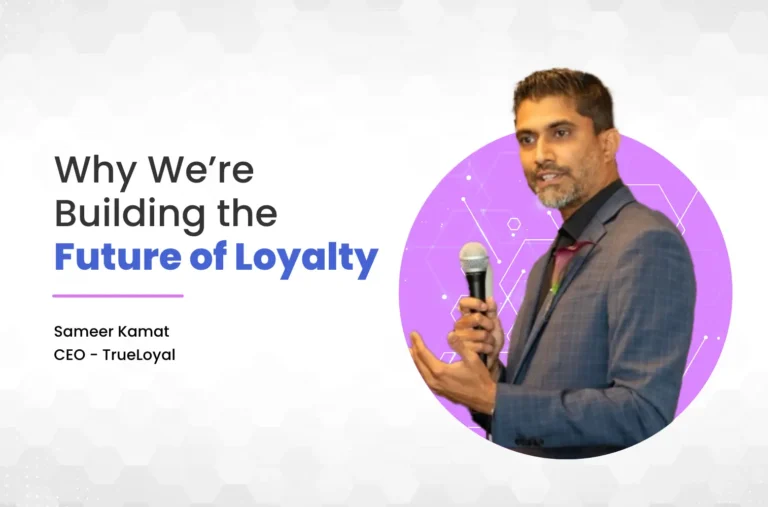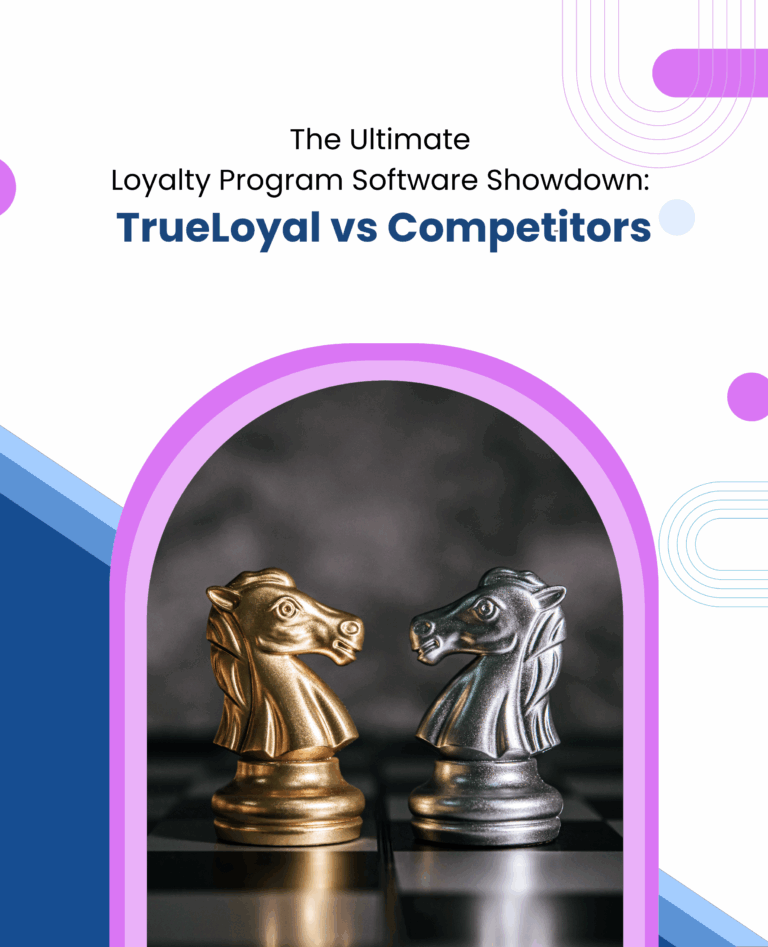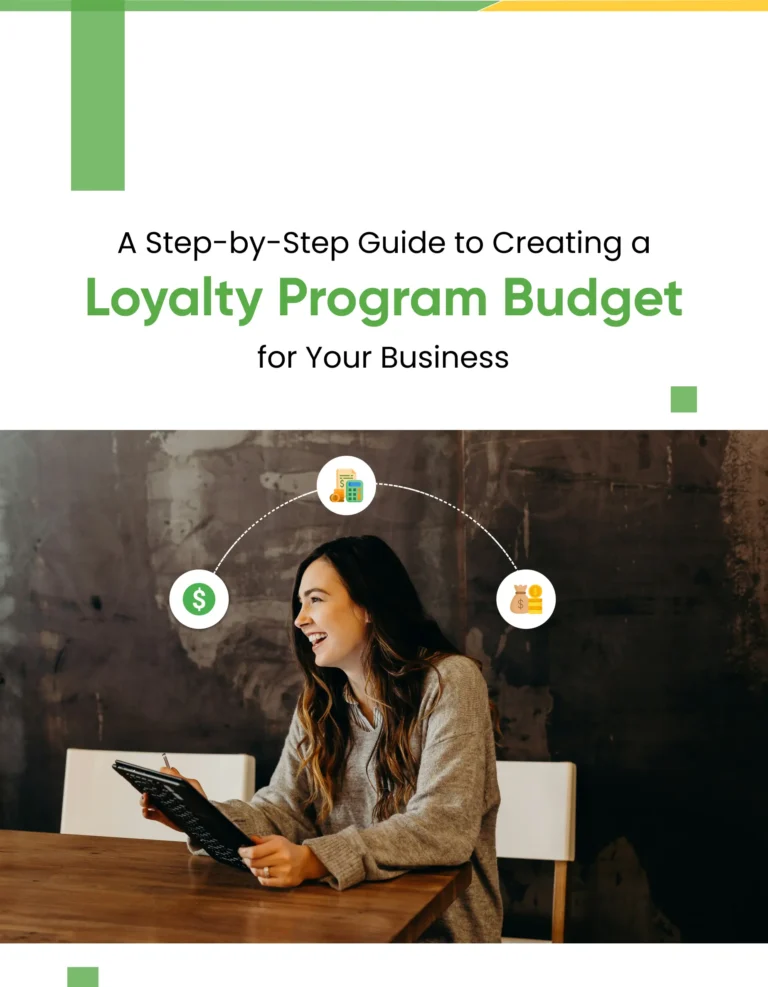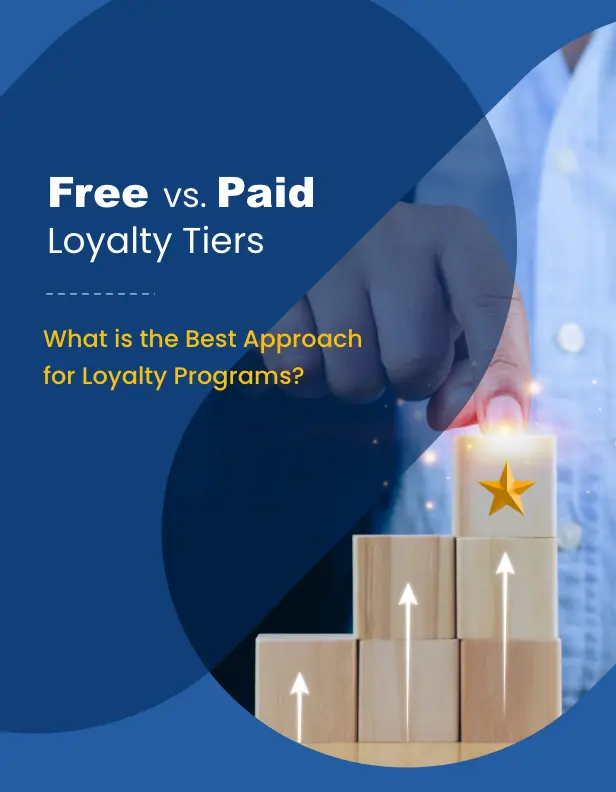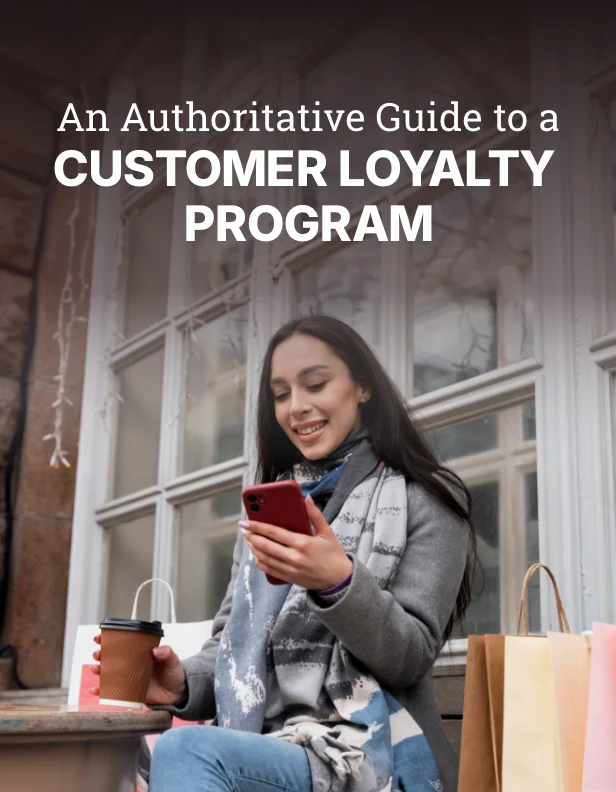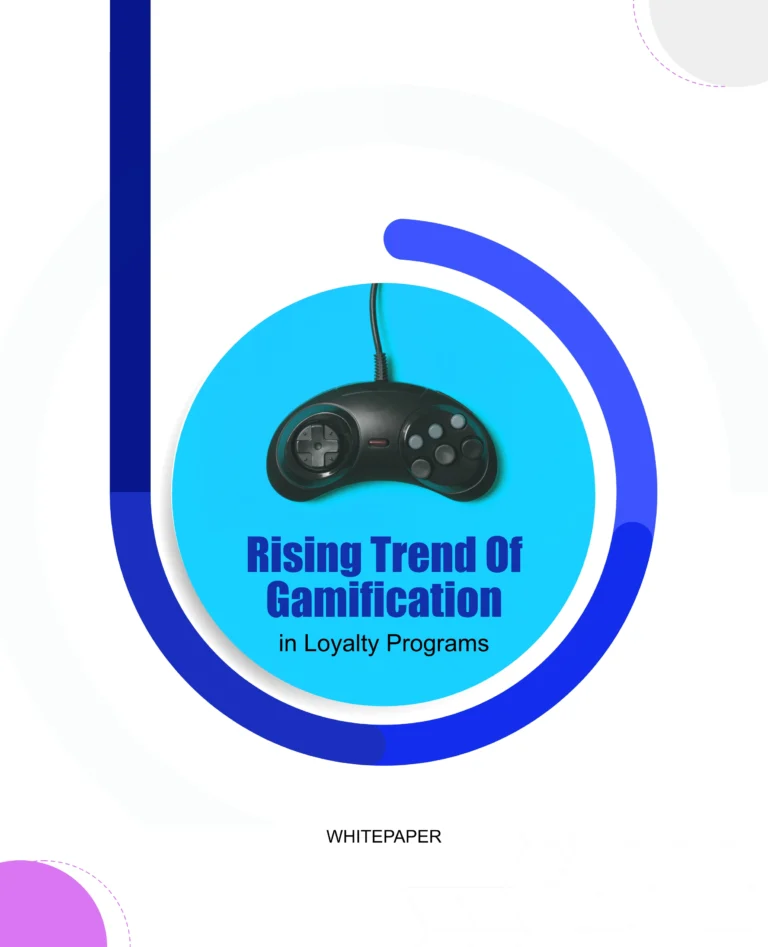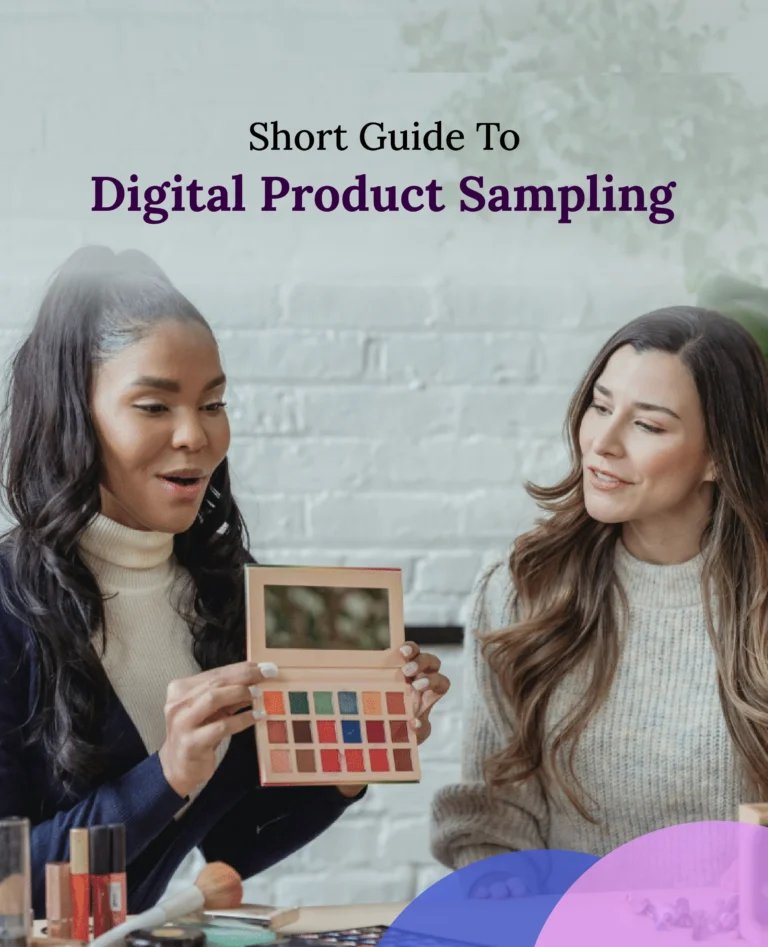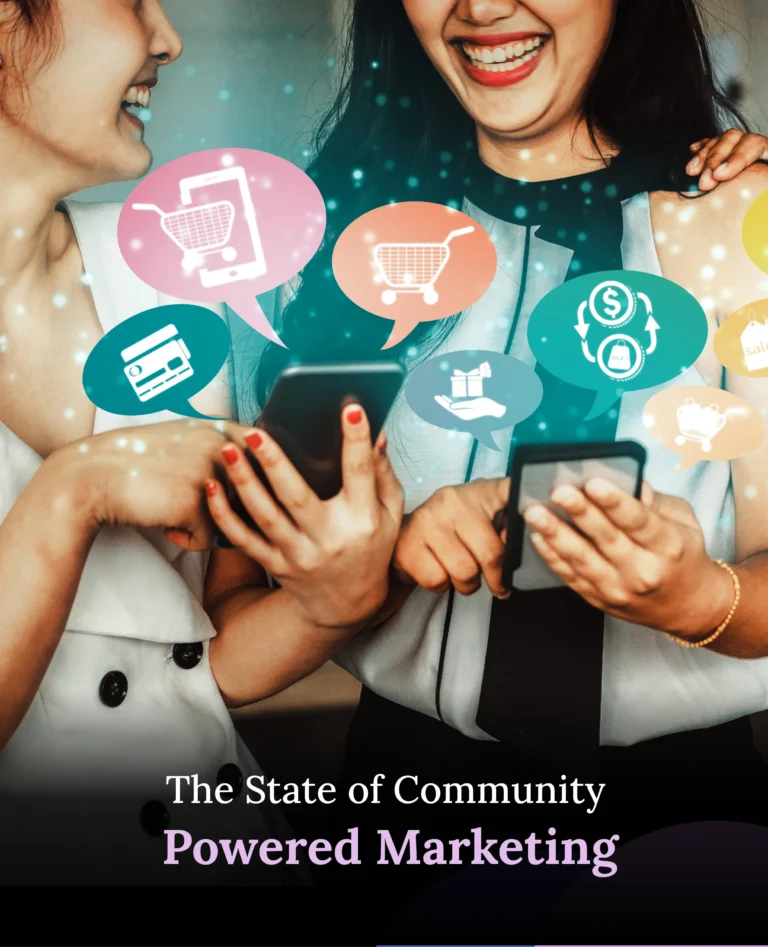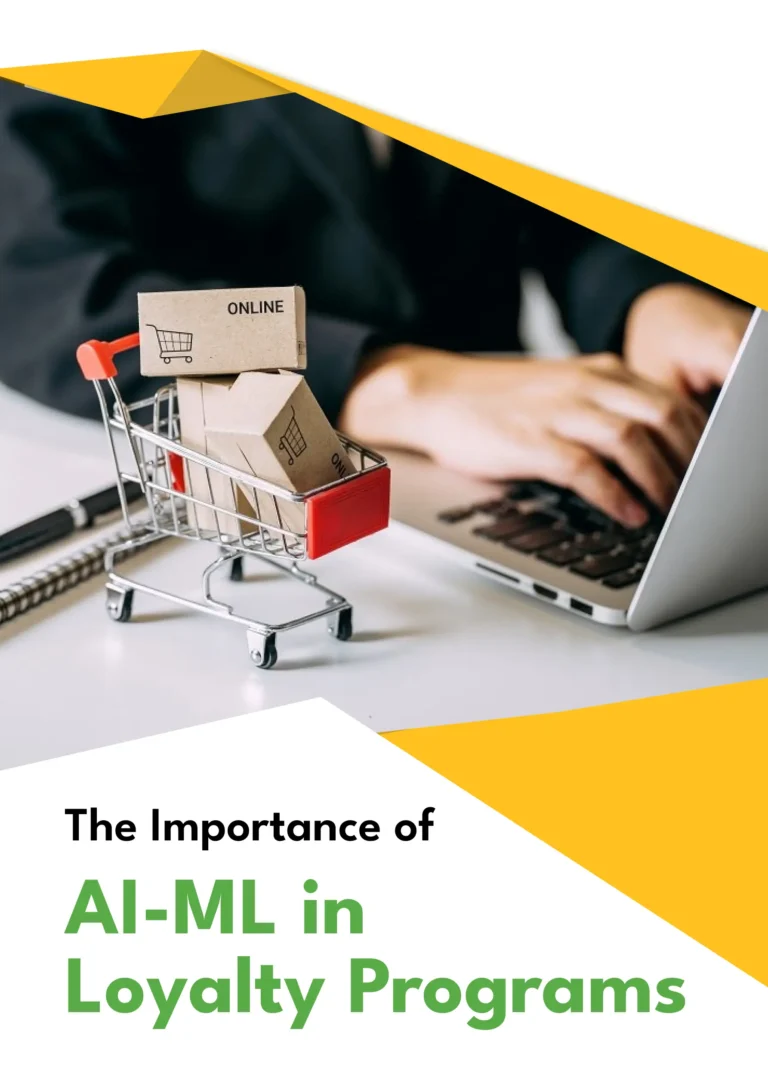A-Z Terminology Of A Customer Loyalty Program

You’re currently viewing a chapter from our comprehensive loyalty program guide.
Download the Loyalty Guide
A
Accrual Rate
The rate at which customers earn points in a program. For example, earn 1 point for every $1 spent.
Accrual Partner
A partner that purchases points in a sponsor’s program. For example, when credit cards offer airline points to their cardholders – the credit card pays the airline for points issued.
Attrition Model
An attrition model predicts which customers are most likely to discontinue use of a company’s goods or services.
Attrition/Churn Rate
The rate of fall-off in regular respondents, or the percentage of customers this year who are no longer a customer next year.
Appreciation Gifts a.k.a Surprise and Delights
Rewards that are sent to customers without “earning them” through points or other specific behaviors. The customer is not expecting the gift. e.g. customers are sent a local coupon booklet of restaurant discount coupons, cleaning coupons and other entertainment coupons.
Award Fulfillment
The process by which awards are requested by or issued to a customer.
Auto Enrollment
Customers are enrolled into a program without requesting to be involved in the program.
Auto Redemption
When a program member’s account balance reaches a specific threshold of points, a reward is automatically generated. This is a passive reward since the member does not choose to receive it.
Award
An item that is purchased by the exchange of points or program currency.
Aspirational Award
These are generally travel or luxury goods that a customer will “aspire to,” and thus motivate desired changes in behavior. Generally, high in perceived value.
B
Back end and front end
Loyalty programs are generally divided into front end and back end activities. The front end refers to all processes that relate to point earning and accrual. The back end refers to all processes that relate to point redemption.
Behavior, Current & Desired
Customer behaviors are closely monitored by loyalty program managers and evaluated in terms of changes between current and desired behaviors.
Benefits
Ongoing privileges of being a member of a program. These may include express lines for program members and invitations to members-only events.
Breakage
The difference between points issued and points redeemed.
Burn, Open & Closed
The consumption of loyalty program currency to obtain reward benefit. Open burn allows redemption from many companies; closed burn restricts to the sponsor’s offerings.
C
Cannibalization
The act of rewarding customers for behaviors that did not need to be rewarded.
Call to Action
What the customer is instructed to do by the communications campaign.
Closed-Loop Analysis
A continuous improvement process where customer interaction feeds back into campaign planning.
Cluster Analysis
Dividing data into groups (clusters) to meet specific application objectives.
CLV – Customer Lifetime Value
The stream of expected future profits, net of costs, from a customer, discounted to present value.
Control Group
Core group of target population that would be interested in general promotion but is not exposed to the current promotion.
C.R.M. (Customer Relationship Management)
How a company manages the relationships it has established with its customers.
Currency
The exchange mechanism that allows a participant to swap equity (earnings) into an award.
Customer Retention
The ability to sell to customers who have already made purchases.
Customer Segmentation
The grouping of customers into geo-demographic segments including such factors as age, spending, location, income, psychographics, purchase profiles or combinations thereof.
Customer Value
Determined based on a customer’s recency, frequency, and monetary value of purchases, often compared to the cohort average.
D
Data Mining
The process of using software tools to sift through large amounts of information in a database to find patterns, groups, statistical correlations, and relationships.
Direct Marketing
Any advertising activity which creates and exploits a direct relationship between you and your prospect or customer as an individual.
E
Earn, Open & Closed
Earn is a term used to reference how a customer accrues equity in a program. Open earn allows accumulation from many sources; closed earn restricts to a specific source.
Enrolment / Re-enrolment
Becoming an active member in a loyalty program. May require renewal if the customer becomes inactive.
Equity
The amount a participant has earned that is translated into points or another program currency.
Event-driven Programs
Programs triggered to produce communications based on events such as birthdays, anniversaries, or signals of imminent attrition.
F
Financial Model
A financial projection that includes enrollment, administrative costs, points accrued, redemption rates, and ROI over time.
Frequency Marketing a.k.a. Loyalty Marketing, Relationship Marketing
A strategy that rewards customers for repeat business through points, incentives, or privileges.
First-party Data
Customer data collected directly by a company (e.g., via forms, purchases, or surveys), used to power personalized loyalty experiences.
Fulfillment Partner
A third-party service or vendor responsible for handling logistics related to rewards delivery, gift cards, or merchandise.
Franchisee Loyalty Program
A loyalty program designed specifically for franchise-operated locations, which may operate under centralized or decentralized rules.
Feedback Loop
A system where customer actions trigger data collection, which is used to optimize and personalize future loyalty efforts.
Fraud Prevention
Measures within a loyalty program to detect and stop abuse such as point gaming, fake redemptions, or system manipulation.
Floating Tier
A tier that is not fixed annually but is dynamically assigned based on recent activity or real-time engagement metrics.
Frequency Threshold
The minimum number of purchases or visits required before a member qualifies for a benefit or new tier.
H
Hard Benefit
A tangible reward requiring actual spend from the program sponsor, such as merchandise, gift certificates, or cash-back.
High Value Customer
A customer who contributes significantly to company profitability through frequent, high-volume, or high-margin purchases.
Holiday Bonus Campaign
Seasonal promotions offering extra points or benefits to increase holiday-period engagement and spending.
Hybrid Loyalty Program
A program combining elements of point-based and tier-based systems, or blending transactional and emotional loyalty models.
I
In-Kind Rewards
Rewards consisting of the host company’s own goods or services, such as free products, trials, or services.
Invisible Points
Points earned without the customer being explicitly informed—used for backend analytics or silent loyalty profiling.
Incentive
A motivating reward offered to encourage specific customer behavior, such as signing up, referrals, or survey participation.
Integration
The process of connecting a loyalty platform with other systems such as CRMs, eCommerce, POS, or mobile apps.
L
Liability
The financial obligation of unredeemed points or rewards, recorded on a company’s balance sheet.
Member Tier (Recognition Level)
A structured level of membership offering increased benefits based on customer activity or engagement.
Loyalty Loop
The stage in the customer journey where repeat engagement and brand advocacy become more valuable than acquisition.
LTV (Lifetime Value)
The total projected revenue a customer will generate over the duration of their relationship with a brand.
Location-Based Rewards
Offers or points given when customers interact with a brand at a physical location, often via geofencing or check-ins.
O
On-Demand Redemption
Customers redeem rewards when and how they choose, usually via app, site, or in-store POS.
Open Economy
A reward structure that includes third-party vendors and redemptions, beyond the sponsor’s own products/services.
Open Enrollment
A public loyalty program that allows anyone to join, often with minimal or no qualification.
Omnichannel Engagement
Unified loyalty interactions across various channels—web, mobile, email, SMS, and in-store.
P
Pay-out Rate
The cost-to-company for each point issued, usually expressed as a percentage of the transaction value.
Perceived Value
The subjective value of a reward in the eyes of the customer, which may exceed the actual cost to the brand.
Points
The primary unit of currency in most loyalty programs, used to track engagement and reward activity.
Point Caps
Limits on how many points can be earned per transaction or per period, often used to control program cost.
Point Accrual
The method and rate by which customers earn loyalty points.
Point Expiration
Policy that voids points after a certain period of inactivity or time lapse.
POS (Point of Sale)
Technology at the checkout that records customer transactions and applies loyalty rewards or earnings.
Personalization
Customizing rewards, offers, or messaging based on individual user preferences or behavior.
Program Liability
The total value of outstanding rewards or points owed to customers at any given time.
R
Recency
A measure of how recently a customer engaged with or purchased from the brand.
Recognition
Acknowledgment of customer loyalty through thank-you messages, status tiers, or exclusive access.
Redemption
The act of exchanging points or rewards currency for a product, service, or benefit.
Relationship Marketing
Strategies focused on developing long-term engagement and loyalty rather than one-off transactions.
Reward
An item or experience offered in exchange for customer engagement or point accumulation.
Rewards Earning Ratio
The relative ease or time it takes for a typical customer to earn enough points for a meaningful reward.
Rules Engine
A backend system that automates the awarding of points or status based on predefined customer behaviors.
S
Segment Mobility
Encouraging customers to shift from lower-value segments to higher ones through engagement and rewards.
Soft Benefit
Intangible rewards such as VIP access, early sales previews, or exclusive content—less costly but emotionally valuable.
Status Matching
Offering loyalty status based on a customer’s tier in another program to attract high-value users.
Survey-Based Engagement
Rewarding customers for providing feedback, reviews, or participating in polls.
Spending Threshold
A target spend amount that unlocks additional rewards or moves customers to a new tier.
T
Targeting
The act of identifying and communicating with specific segments most likely to respond to offers or engage.
Tier Mobility
Movement of customers up or down program tiers based on their engagement or spending behavior.
Transactional Loyalty
Loyalty driven primarily by financial incentives such as discounts, cashback, or free products.
Touchpoints
Various moments or platforms where a customer interacts with a brand (e.g., online, in-store, app).
U
Upselling Ratio
A metric that reflects the increase in transaction value due to upsell strategies influenced by loyalty offers.
User Journey
A map of every interaction a customer has with a brand, from awareness through purchase and loyalty.
User-Generated Content (UGC)
Photos, reviews, testimonials submitted by customers, sometimes incentivized through loyalty programs.
V
Value-at-Risk Customers
High-value customers showing signs of disengagement or churn; prioritized for re-engagement.
Vested Equity
Points or rewards held by the customer that unlock over time or after meeting certain criteria.
Value Added Proposition
The extra benefit a customer receives from a program beyond core product/service—key for differentiation.
Voucher
A redeemable coupon or code representing a discount or reward, often tied to loyalty redemptions.
Related Research & Reports
See Why Consumer Brands Choose TrueLoyal
Let’s talk about how we can help you design and implement a successful program.
